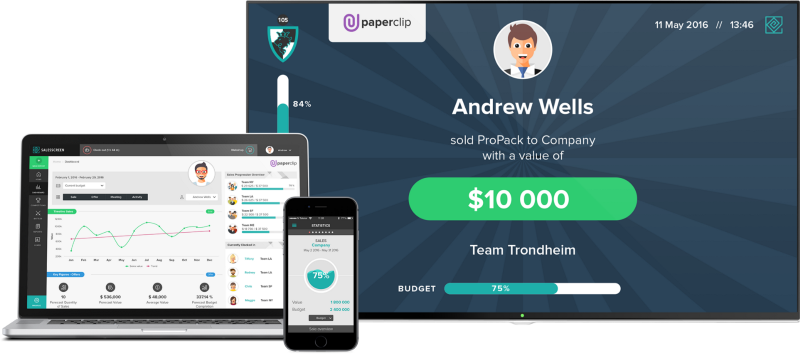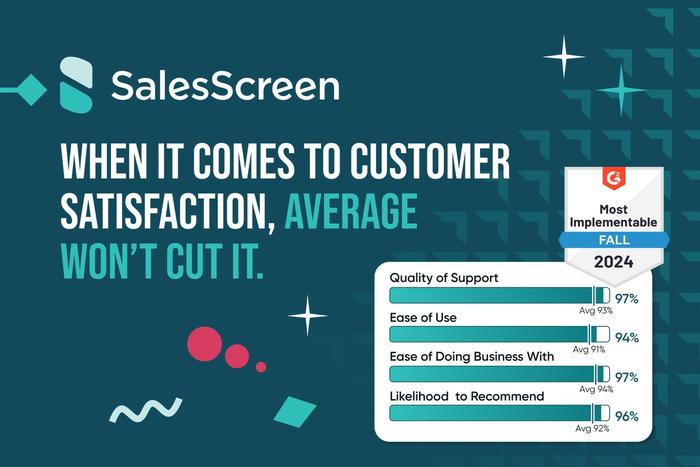In Part 1, we talked about how to build momentum, vision, professional development and recognition that will keep your millennial employees feeling empowered, appreciated and purposeful. Here, we’ll talk about how to empower and recognize Gen Y employees so that everyone wins.
While parody songs and social media reports often label millennials as lazy, self-centered and disengaged, we believe that this generation will prove to be quite the opposite. In fact, we believe that Gen Y will be the most productive, service-oriented, technologically capable generation in history.
Empowering Millennials
Millennials can be summed up as the following: intrinsically motivated multi-taskers who are driven by an inner purpose to solve problems in a collaborative manner. As with any other generation, they have an inherent need to feel appreciated; they want to know that their ideas matter to others, especially leadership. Managers should create opportunities where millennials can share their knowledge and ideas while gaining the professional development they need to thrive in the future workplace. Millennials are much more likely stick around in jobs where they are being heard and provided with opportunities to develop their leadership skills.
This generation will also want to understand their impact on business processes, customers and end-results. You can help them create a meaningful career trajectory while delivering powerful contributions to your business. To do this, give them leadership roles and opportunities to test themselves. Help them improve their skills sets with training and advancement opportunities. Provide quick, direct feedback on specific issues and be sure to combine constructive feedback with praise and recognition.
Help them to create their own ideal atmosphere by fostering and encouraging collaboration, teamwork and cohesion. Make work fun and exciting by structuring fun competitions around their key performance indicators and target goals. This group can rally motivation and encouragement like nobody else, but you’ve got to start by giving them a gentle nudge in the right direction. Remember, a little recognition goes a looooong way with this group.
The Importance of Recognition
Remember, this is the generation that shifted the paradigm from “children should be seen and not heard” to “children are everything”. That’s not a bad thing; it just may be different than what many of the Gen Xers and Baby Boomers are used to. Every generation changes the shift of focus slightly and for this generation, recognition is absolutely critical. As this generation has shown, praise and recognition are far more powerful motivators than discipline… and if we do so well at praising our children as they grow up, then why don’t we do the same thing in the workplace?
A recent study shows that an incredible 79% of employees surveyed felt undervalued, mainly due to a lack of recognition. A survey by Glassdoor confirmed the enormous power of recognition: 80% of employees said they were “motivated to work harder when their boss shows appreciation for their work.” Clearly, if the key to workplace productivity lies in recognition and appreciation, then isn’t it time we began to shift the focus here?
Previously, technological barriers made it hard to recognize and celebrate performance across separated offices, but just as the generational trends shift, so do the technologies. Millennials are accustomed to cutting edge technology and expect to have technological tools in almost every aspect of their work environment. Therefore, the use of gamification in enterprise is expected to grow exponentially in sales, customer care, contact centers and many other core business industries.
Leveraging the Power of Gamification Strategies
As young people are raised with technology at their fingertips, the use of gaming elements is becoming ever more present in everyday life. Whether that be loyalty rewards programs like airline miles, gamification of classrooms to enhance education, or even in fitness such as with Strava and Nike+, gamification is here to stay and will continue to become a pillar of the foundational structure used to motivate people towards their goals.
The ability to display performance data in real-time on web, mobile app and TV screens, combined with the use of leaderboards, rank levels, challenges to unlock and real-time competitions harnesses the power and potential of gamification for millennials. While still a relatively new trend, gamification is certainly here to stay. Learning how to leverage the power of gamification strategies is what will separate the top-performing companies from those who find themselves just “trying to keep up.”

The reason that gamification has been and will continue to be so successful with this generation is because it combines the things they understand most: technology, data, recognition, competition and game elements. The key to gamification is that it increases activity on clearly defined objectives in a fun and meaningful way by creating structured pathways to progress and achievement. By defining objectives, measuring performance, displaying real-time feedback and celebrating success, gamification accomplishes what management needs to get done while simultaneously building company culture, cohesion and a rewarding workplace environment. To get the most out of your millennial workforce, give them fun, meaningful paths toward mastery and recognition that are focused on the metrics that matter most to your organization; it’s a win-win.










